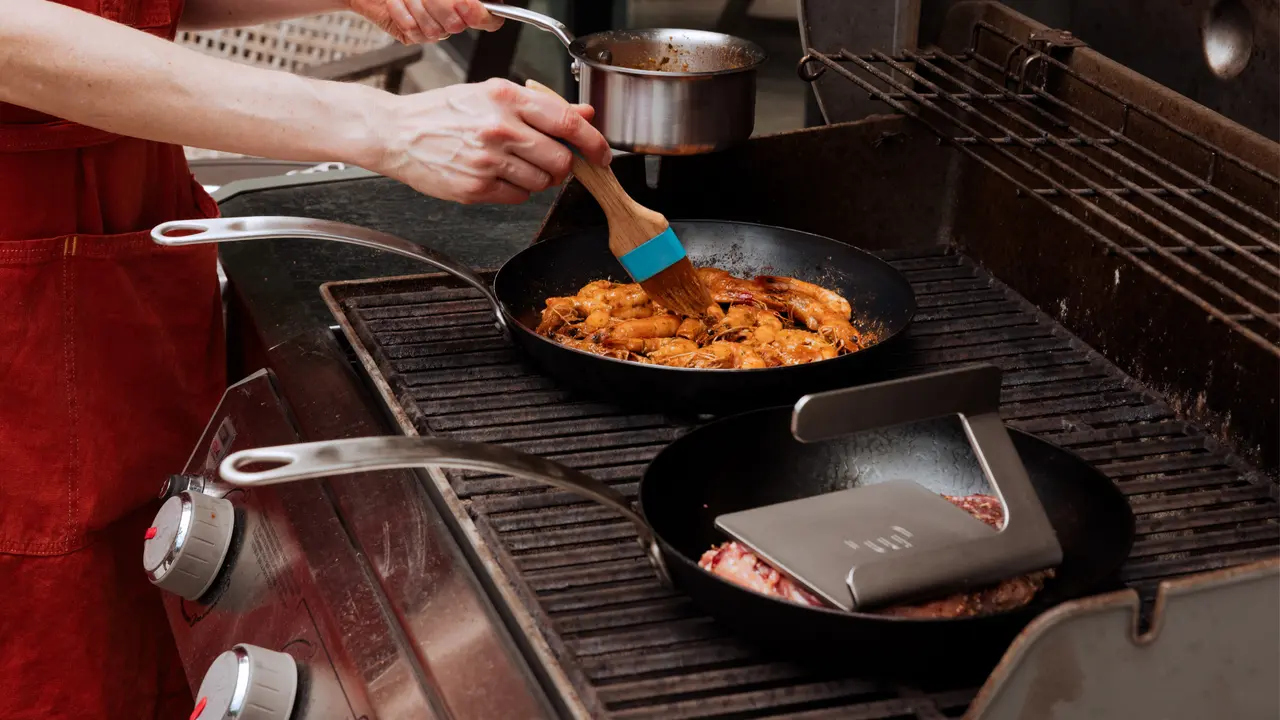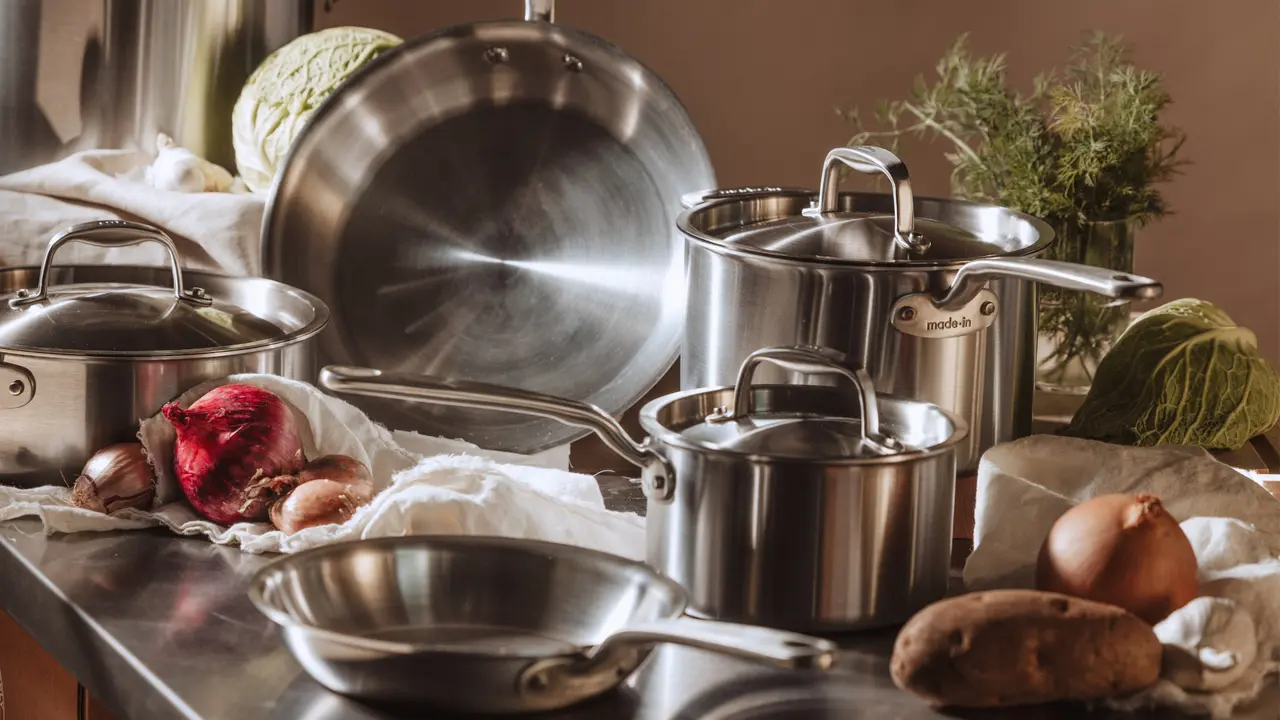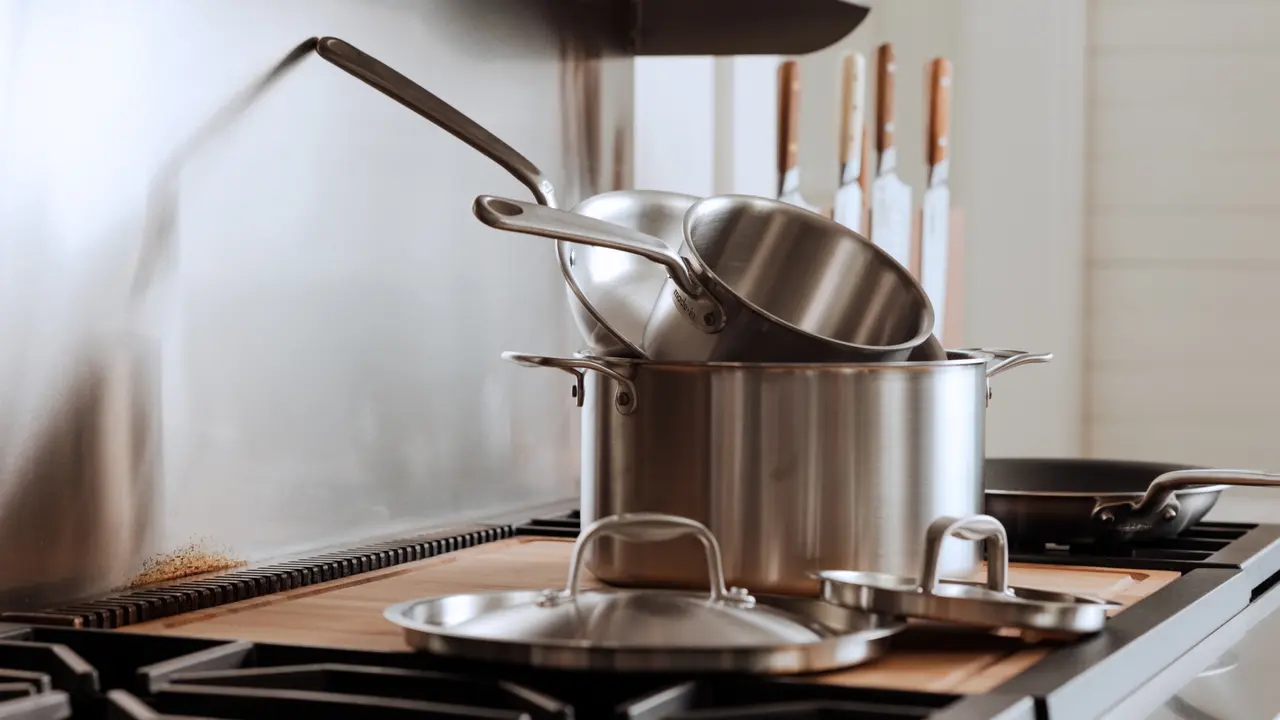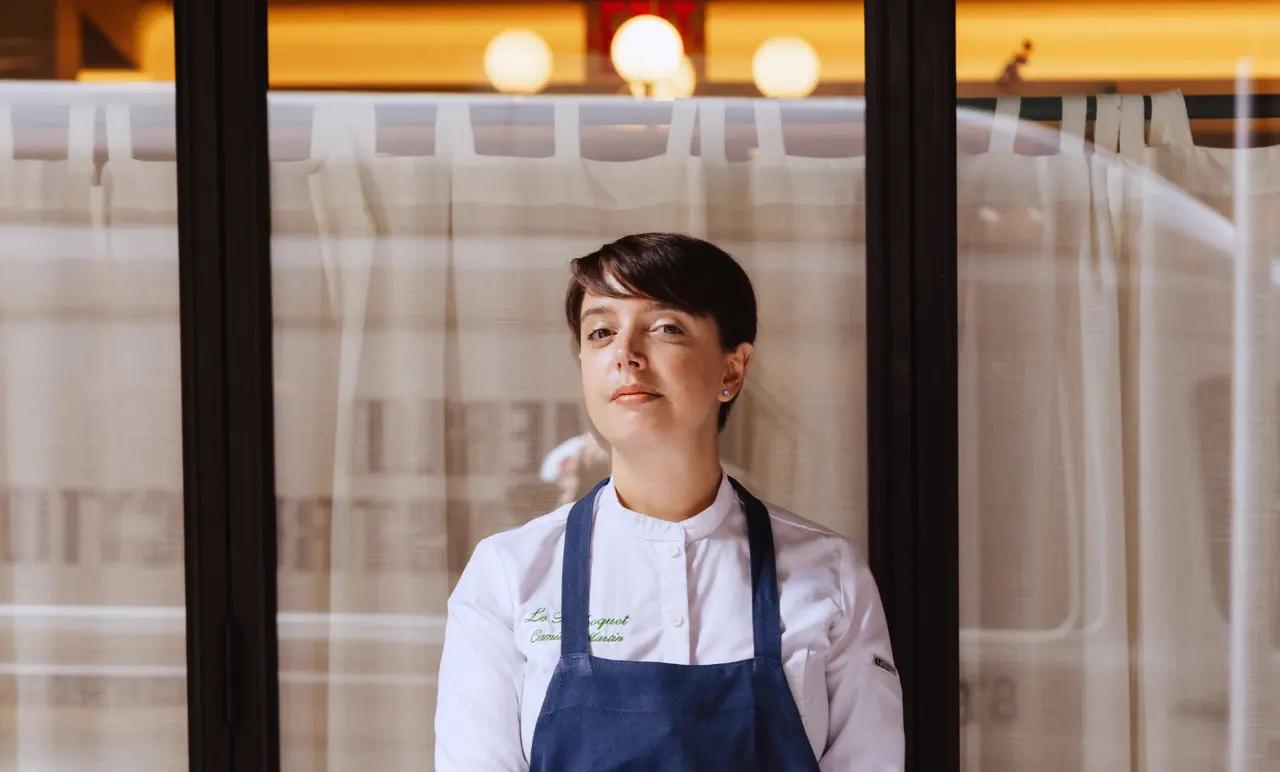For most restaurants, having a stocked fridge is nothing more than part of the job. But at Nixta Taqueria in Austin, TX, it’s part of the neighborhood. On top of crafting an award-winning menu and making all of their tortillas from scratch, Chef Edgar Rico and his fiancée and co-owner Sara Mardanbigi help run Austin’s first and longest standing community fridge. Since July of 2020, neighbors have been giving what they can and taking what they need from this free fridge that sits just outside the restaurant.
In just a half hour spent at Nixta, three groups of people stopped by the fridge. Two older women grabbed some apples as they waited for the bus. A woman came from the neighboring apartments to snag a loaf of sourdough and some fresh strawberries. And a passing cyclist stopped to unload a few pantry items from his backpack.
The high traffic is pretty standard, according to Chef Rico. “If I had to guess, just during the day, probably 40 or 50 stop by. In the nighttime more. I mean you saw right there, there were two abuelas. They live right across the street–I’ve helped them cross the street multiple times.”
Chef Rico and Mardanbigi were first connected with the Austin Free Fridge Project (AFFP) in the summer of 2020. The pair says that their location played an essential role in deciding to host the fridge. “It just shows that food insecurity, it's real. Us being cognizant of where we are in the East Side, we know we are right across the street from Section 8 housing. Most of these people don't have the means to get a hot meal sometimes.”
For Mardangi, having a fridge right outside her establishment has provided perspective on food insecurity in the area and the potential impact local business owners can have. “For us it might be a small thing, but for someone else it's major. It's like you’re eating or you're not. It's as real as that,” says Mardanbigi. “With the pandemic and the Texas freeze, you just saw overnight that things change and you can lose everything. And just knowing that, you know, you're not alone, and that you have this invisible blanket that is here to support you, it’s really meaningful.”
But it’s not just for the food insecure. “ Like anyone who's biking by and wants a bottle of water or an apple will use it,” Maradanbigi says. “We've also seen people who, after a long night, they’re like, ‘Oh cool. There's some pizza in here.’”
"She saw a certain vegetable, I can't recall exactly what it was, that she hadn't seen since she had left Venezuela. And she pulled it out and started crying. She said, ‘I just haven't seen fruit and vegetables in abundance like this.’ Knowing that this is here, you know, it's a godsend."
And, while much of the contribution comes from individual neighbors, the fridge is also stocked by farmers, local restaurants, and more. “I remember in the early days, this lady opened the fridge and it was like a farmer's market,” Chef Rico recalls. “The farm had come by that day and it was stocked to the brim. And I remember she saw a certain vegetable, I can't recall exactly what it was, that she hadn't seen since she had left Venezuela. And she pulled it out and started crying. She said, ‘I just haven't seen fruit and vegetables in abundance like this.’ Knowing that this is here, you know, it's a godsend.”
While fresh produce is always appreciated, Chef Rico says there’s plenty more you can bring. “What we try and push for is having meals that are ready to go. Because a lot of the apartments in Section 8 housing don't even have kitchens, they just have microwaves. So some of them just need something they can just reheat."
But the fridge offers more than sustenance. Next to it is a shelf where you can give or take supplies, clothing, blankets and more. “Whenever the school season starts up, I've seen people bring backpacks full of things or little things like pencil pouches. Women's sanitary needs are in super high demand. And [things like] diapers and formula go super fast,” says Mardanbigi.
For Mardanbigi, one moment from the last 18 months stands out in particular: a time when the fridge provided something a little less essential and a lot more joyous. “There was another neighbor who came by and there was like this really beautiful cake in there that Comadre had dropped off. And some flowers had been dropped off earlier in the day too. And she was super excited ‘cause it was her granddaughter's birthday. So she's like, now I can do this thing for her. And it was super sweet.”
From the way they greet passing locals to the vibrant murals that wrap the exterior of their restaurant, Rico and Mardanbigi’s dedication to their neighborhood couldn’t be more clear. After all, Nixta's food is built around what Rico learned from his abuela, who learned from her mother before her.
He uses preparation methods that requires more care and more work, but come out more delicious. But that's just one of the ways that Chef Rico and Mardanbigi show love to Austin’s East Side.




























